1. Ahmed Best – Jar Jar Binks (Star Wars: The Phantom Menace)

Sometimes being too good at your job means audiences cannot separate the actor from the character. From soap stars to wrestlers to blockbuster icons, these performers carried the weight of fan outrage for roles that defined and sometimes derailed their careers. Jar Jar Binks was meant to bring comic relief, but audiences found him unbearable. Instead of the character, Ahmed Best faced the backlash, enduring years of abuse that nearly ended his career. Though he later returned to Star Wars in another role, the hurt he carried showed how cruel fandom can be when judgment misses its target.
2. Jake Lloyd – Young Anakin Skywalker (The Phantom Menace)
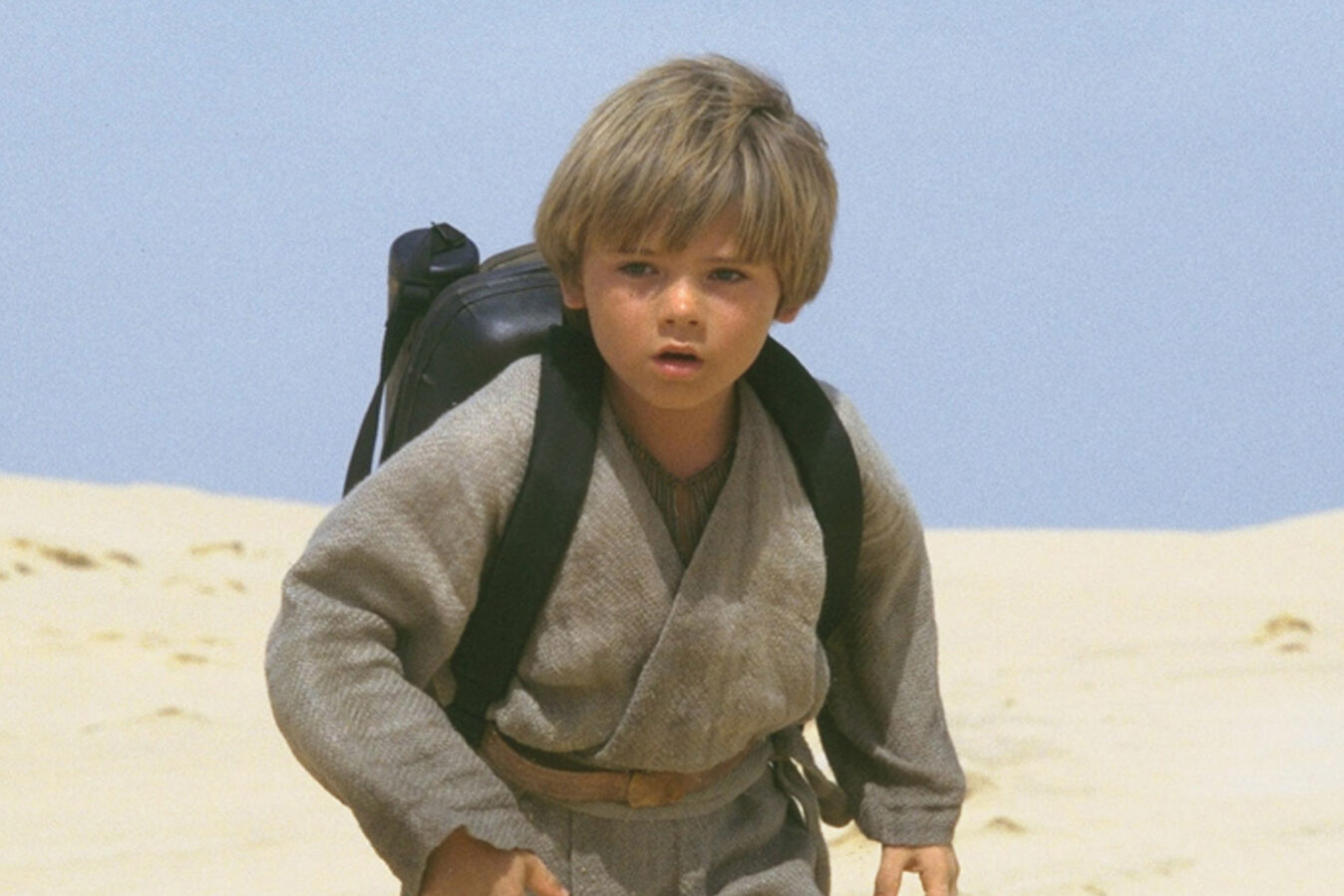
Jake Lloyd was only 10 when he landed the role of young Anakin Skywalker. What should have been a dream soon became a nightmare as fans harshly criticized his performance, while classmates bullied him endlessly. The pressure became unbearable, and Lloyd walked away from acting, saying the experience ruined his childhood. His story is heartbreaking, reminding us that sometimes young performers suffer most under the weight of unrealistic fan expectations. With time, many now look back and admit the criticism was misplaced, but for Lloyd, the damage had already been done long before sympathy ever arrived.
3. Jack Gleeson – Joffrey Baratheon (Game of Thrones)
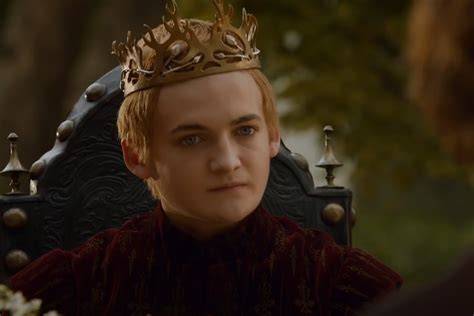
Joffrey Baratheon was designed to be one of television’s most loathed villains, and Jack Gleeson played him so convincingly that audiences could not separate the character from the actor. Though he received praise for his skill, the constant hatred soured him on the industry. Gleeson chose to retire from acting after the show, preferring a life outside the spotlight. His story is one of the clearest examples of how fans can confuse art with reality, directing contempt at someone who was only doing the job asked of him. It proves that great acting sometimes carries painful consequences.
4. Anna Gunn – Skyler White (Breaking Bad)
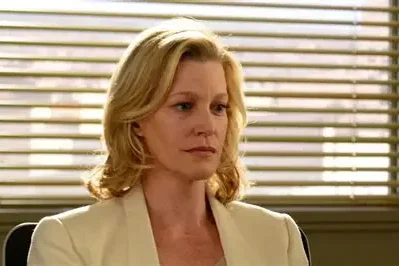
Breaking Bad made Walter White an antihero, but Skyler White became the lightning rod for audience anger. Many fans resented her resistance to Walter and treated Anna Gunn as if she were the problem herself. Gunn received hate mail and even threats, forcing her to confront how sexism shaped the backlash. She later wrote about the experience, explaining the difficulty of living with such misplaced hostility. Over time, viewers have re-examined Skyler’s role more fairly, but the damage to Gunn’s experience as an actor is undeniable. Her story highlights how audiences often punish actors for layered, complex characters.
5. Kelly Marie Tran – Rose Tico (Star Wars: The Last Jedi)
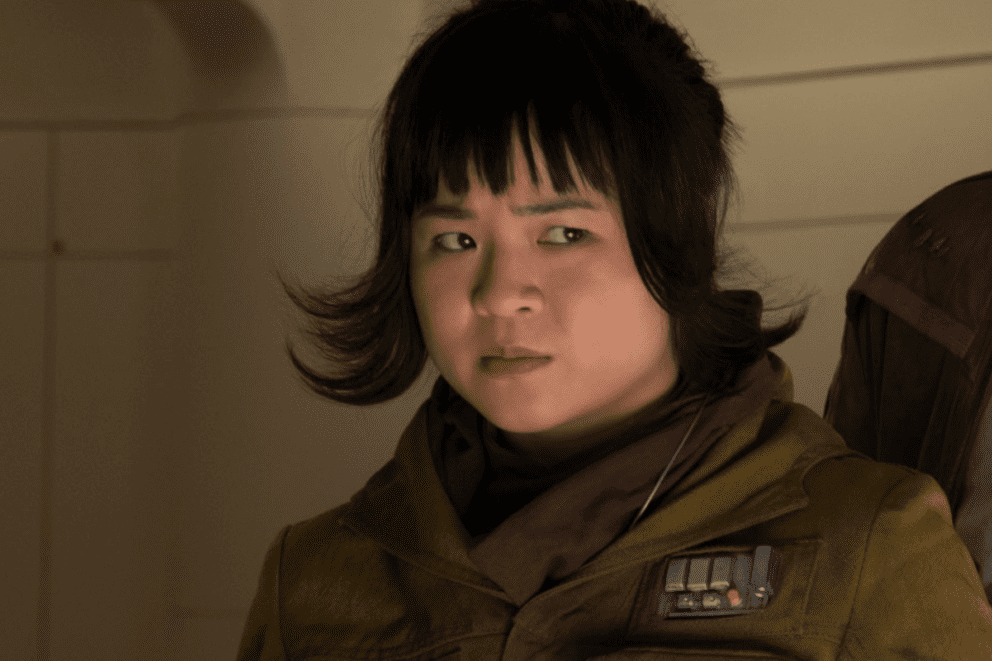
Kelly Marie Tran entered the Star Wars universe with excitement, but her character Rose Tico quickly became divisive among fans. Unfortunately, the criticism turned into something much uglier. Tran faced cruel online harassment that was both racist and sexist, driving her off social media. What should have been a career milestone instead became a painful reminder of how toxic fan culture can be. While Tran has continued to act, her story lingers as a symbol of the darker side of fandom. It showed the world that audiences sometimes forget the humanity behind the characters they criticize.
6. Kristen Stewart – Bella Swan (Twilight)

The Twilight series became a cultural phenomenon, but Kristen Stewart endured years of ridicule for her role as Bella Swan. Viewers called her stiff, expressionless, and awkward, piling criticism on her long after the films ended. Stewart admitted that living under such constant judgment was exhausting. Over time, she rebuilt her reputation through independent films and critical acclaim, proving her range and resilience. Yet the shadow of Bella followed her for years, showing how actors tied to blockbuster franchises often pay a heavy price. It serves as a reminder that popularity does not always equal respect for performers.
7. Hayden Christensen – Anakin Skywalker (Star Wars Prequels)
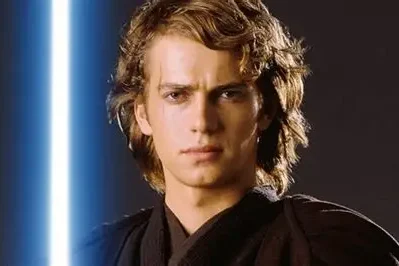
Hayden Christensen entered the Star Wars universe with immense expectations, but his performance as Anakin Skywalker faced widespread ridicule. His dialogue delivery and romantic storyline with Padmé drew constant jokes, and critics were quick to dismiss him. The negativity became overwhelming, leading Christensen to retreat from Hollywood for several years. Only recently has he found renewed appreciation as fans re-examine his work with kinder eyes. His return to the franchise has been celebrated, but his story shows how brutal backlash can derail a career and how time is sometimes needed to heal the wounds left behind.
8. Laurie Holden – Andrea (The Walking Dead)
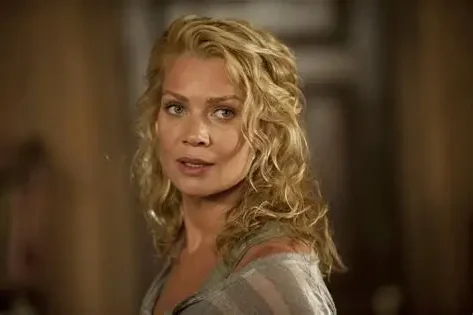
Andrea was introduced as a strong survivor in The Walking Dead, but her decisions on screen frustrated fans. Viewers turned their disappointment into outright dislike, and Laurie Holden bore the brunt of it. Andrea frequently topped lists of hated characters, and eventually the writers killed her off earlier than expected. Holden later expressed her frustration, saying she had hoped for a better arc. Her experience is a prime example of how story choices can unfairly damage an actor’s relationship with audiences. Despite her talent, Holden was caught in the storm of backlash she did not create.
9. Erika Slezak – Viki Lord (One Life to Live)
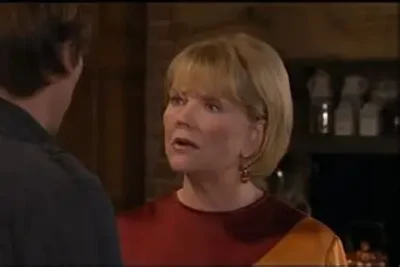
Soap operas often blur the line between actor and character, and Erika Slezak lived that reality for decades as Viki Lord. Her character’s multiple personalities won her acclaim but also ridicule from parts of the audience who found the storylines overdone. Slezak carried both praise and criticism in equal measure, a burden of being tied to one role for so long. Fans sometimes treated her as if she were Viki herself, forgetting the difference. While she earned multiple Daytime Emmy Awards, her experience showed how soap actors often endure extreme audience reactions that never fully fade away.
10. Sean Waltman – X-Pac (WWE)
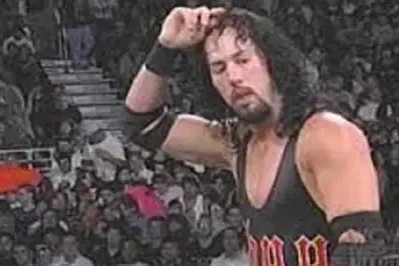
In professional wrestling, boos are usually a sign of success for a villain. For Sean Waltman, known as X-Pac, it was different. Fans grew genuinely tired of his character, and their rejection created the term “X-Pac heat.” Instead of enjoying the reaction, Waltman faced an audience that truly wanted him gone. Despite his in-ring skills, the rejection followed him for years. His story highlights the unique challenge of wrestling, where the line between entertainment and reality is razor thin, and performers often cannot escape the weight of audience feelings, whether they are positive or overwhelmingly negative.
11. Roman Reigns – WWE’s Chosen Star

Roman Reigns was handpicked by WWE to be the company’s top star, but audiences were not ready to embrace him. Fans booed him loudly, rejecting his role as the heroic face of the company. Reigns admitted it was difficult to perform under constant negativity, saying every night felt like a battle. After years of rejection, he reinvented himself as a villain called The Tribal Chief, finally winning fan respect. His journey is proof that hated roles can eventually lead to redemption, but only after years of persistence and transformation both on screen and behind the scenes.
12. Sofia Coppola – Mary Corleone (The Godfather Part III)
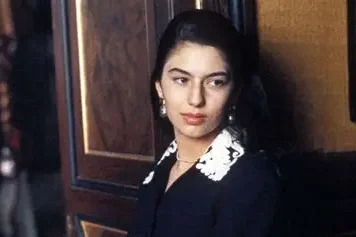
Sofia Coppola stepped into The Godfather Part III as Mary Corleone after a last-minute casting change, but audiences were unforgiving. Many blamed her performance for weakening the trilogy, though the film had deeper issues. The harsh criticism was enough to push Coppola away from acting altogether. She later reinvented herself as a filmmaker, eventually winning acclaim and awards as a director. Her story is a quiet reminder that even roles met with scorn can redirect lives into new successes. Sometimes being hated in the moment is not the end but the beginning of a different kind of journey.
13. Ron Perlman – Clay Morrow (Sons of Anarchy)
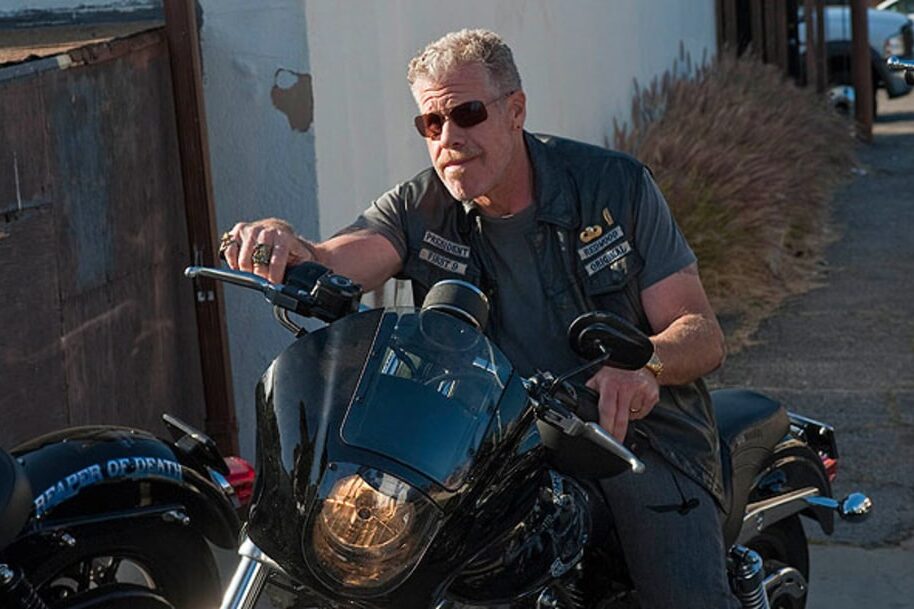
Clay Morrow was crafted as a slow-burning betrayal, and Ron Perlman delivered him with such conviction that many fans transferred their anger directly to the actor. Clay’s choices were corrosive, and viewers often forgot they were meant to despise him. Over time, perspective shifted and Perlman was celebrated for the very depth that made the character credible. Clay was not designed to be loved but to embody power and consequence. Perlman’s performance achieved that so well it rattled audiences, reminding us that sometimes the best acting leaves you unsettled long after the episode ends.
14. Larry Linville – Frank Burns (MASH)

Frank Burns was the perfect foil on MASH, petty, pompous, and irritating at every turn. Larry Linville played him with such precision that audiences carried that annoyance into how they remembered the actor. Linville himself admitted the character had no growth, existing to needle and annoy. He knew exactly what he was signing up for, yet the downside of doing it flawlessly was being forever associated with the irritation Burns inspired. Even today, people still bristle at the thought of “Ferret Face,” a sign that Linville’s sharp portrayal succeeded beyond measure but also trapped him in public memory.
15. Kate Capshaw – Willie Scott (Indiana Jones and the Temple of Doom)

Willie Scott was bold, glamorous, and loud, exactly the kind of comic relief meant to contrast the darker tone of Indiana Jones and the Temple of Doom. Yet fans who expected something different directed their frustration at Kate Capshaw. Many overlooked her deliberate timing and spirited energy, which were key to creating tension with Indy. Decades later, critics now see her performance for what it was intended to be: fizzy comedy alongside pulpy adventure. Capshaw’s role reminds us that sometimes actors are unfairly judged when sequels don’t match expectations, even when they’re simply delivering what the script demanded.
16. Bruce Dern – Asa Watts (The Cowboys)

Bruce Dern gave Asa Watts a chilling edge that unsettled audiences deeply. His character committed the unthinkable, and for years people struggled to separate the man from the role. Dern often joked about living with that “sin,” but he also recognized that the hostility was proof of success. Asa was believable enough to feel dangerous, which is exactly what made the film unforgettable. Instead of being limited by that reputation, Dern leaned into it, building a career around playing intense and unsettling figures. It shows that being hated for a role can sometimes be the ultimate form of respect.
17. Glenn Close – Alex Forrest (Fatal Attraction)
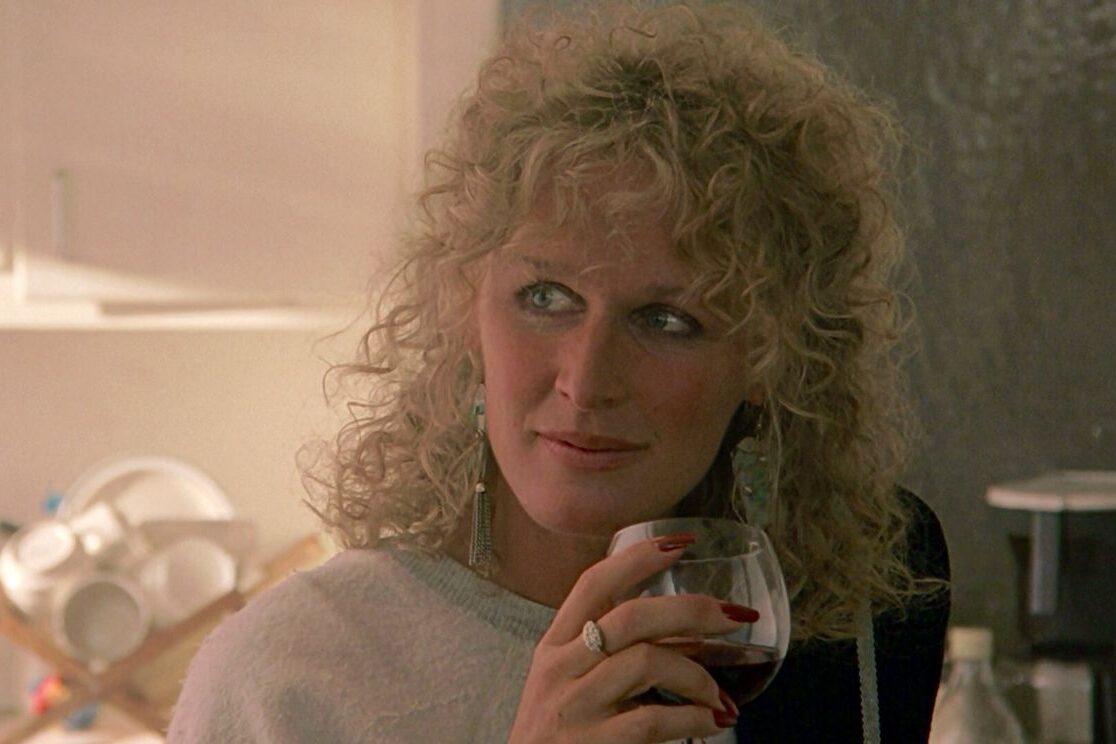
Glenn Close played Alex Forrest with terrifying clarity, capturing neediness, obsession, and danger in a way that shook audiences. Instead of separating her from the role, some unfairly treated Close like the embodiment of fear itself. She later reflected on wanting more nuance for Alex, but the film was meant as a parable about domestic panic. Decades later, her performance still resonates as both a cultural warning and a masterclass in acting. The way she embodied Alex so completely remains iconic. Close proved that when you make a character unforgettable, sometimes the actor lives with that weight as well.
18. William Zabka – Johnny Lawrence (The Karate Kid)

For years, William Zabka was frozen in pop culture as the blond bully from The Karate Kid. Audiences booed him long after the film ended, treating him as though he were always Johnny Lawrence. Then came Cobra Kai, which cracked open the character with depth, humor, and humanity. Zabka leaned into the chance, showing wounded pride, regret, and resilience. The reinvention softened years of typecasting and made fans cheer for a character they once despised. It proves that sometimes hated roles just need time, distance, and the right story to finally be understood in a new light.
19. George Clooney – Batman (Batman and Robin)

Batman and Robin was a film filled with neon excess, and George Clooney became its most lasting scapegoat. His take on Batman was ridiculed, and the backlash made him the face of a franchise misstep. Clooney, always candid, even apologized for the film years later. Yet instead of letting it define him, he shifted course, proving himself with acclaimed dramas, comedies, and directing. Over time, the cape became just one bump in a career of remarkable successes. Clooney’s experience is proof that one bad role can hurt for a while but doesn’t have to last forever.
20. Halle Berry – Catwoman (Catwoman)
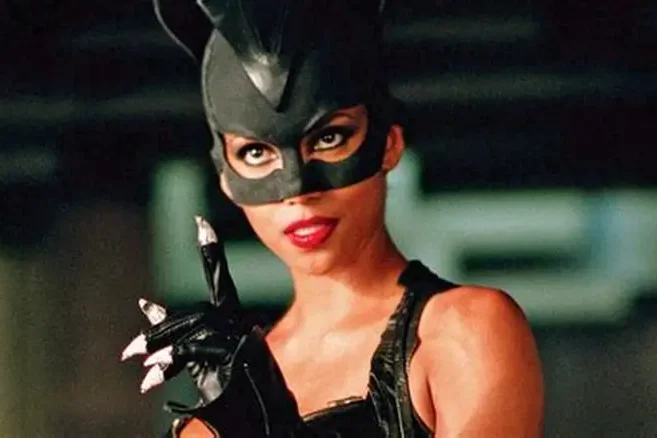
Halle Berry’s Catwoman was caught in a film that never fully decided what it wanted to be. Critics mocked it harshly, and Berry became the punchline, even picking up a Razzie for the role. Instead of retreating, she accepted it with humor and kept working, showing grit and range in projects that followed. The ridicule didn’t outlast her persistence. Looking back, the problem was less her performance and more the tone and script surrounding it. Berry gave athletic commitment and fearless energy, and with time, people have recognized that she was never the weak link in the film.
21. Jared Leto – The Joker (Suicide Squad)
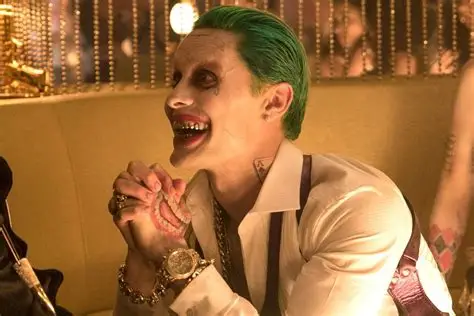
Taking on the Joker after a definitive performance was always going to be a tall order, and Jared Leto’s version was met with instant skepticism. His gangster-style take, combined with bizarre stories about method acting, soured audiences quickly. To make matters worse, much of his performance barely appeared in the final cut. Fans judged what little they saw, and the criticism stuck. Later versions of the Joker reminded audiences that interpretations can evolve, but Leto’s attempt was never given the space to breathe. His story shows how editing and hype can crush a role before it finds footing.
22. Lena Headey – Cersei Lannister (Game of Thrones)
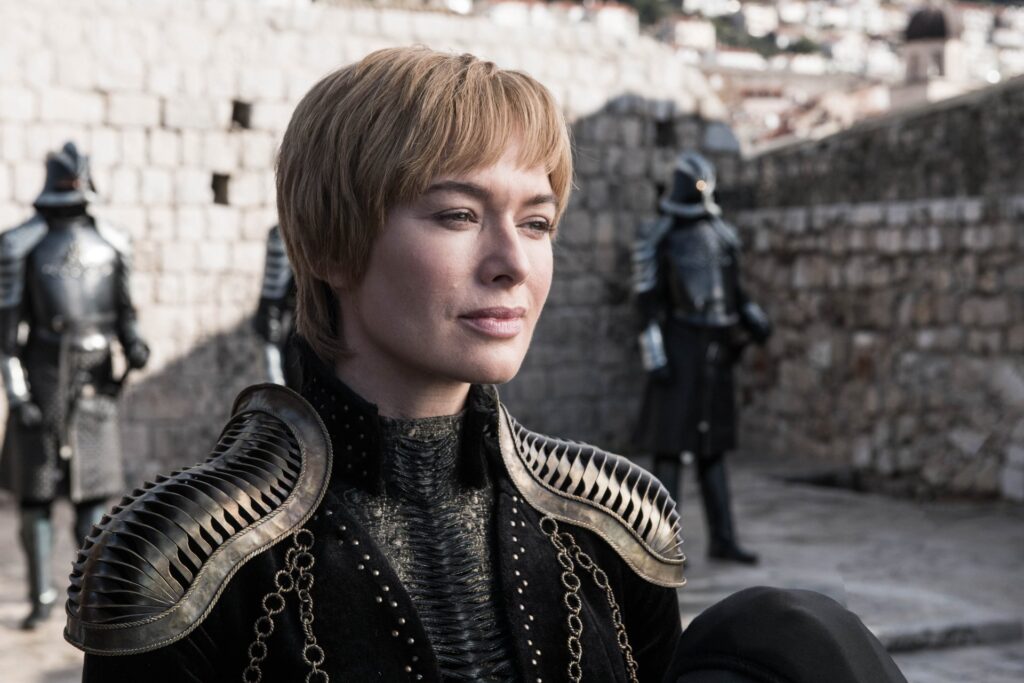
Cersei Lannister was ruthless and calculating, and Lena Headey embodied her with icy precision. Audiences hated Cersei so deeply that some fans directed that hostility at Headey herself, forgetting she was simply doing her job. Offscreen, she was warm and approachable, but that didn’t soften the on-screen intensity that defined her. Over time, admiration replaced resentment, as viewers began to acknowledge how perfectly she brought the role to life. You don’t have to root for Cersei to appreciate how brilliantly Headey crafted her, making her one of the most compelling characters in the series.
23. Leslie Jones – Patty Tolan (Ghostbusters, 2016)
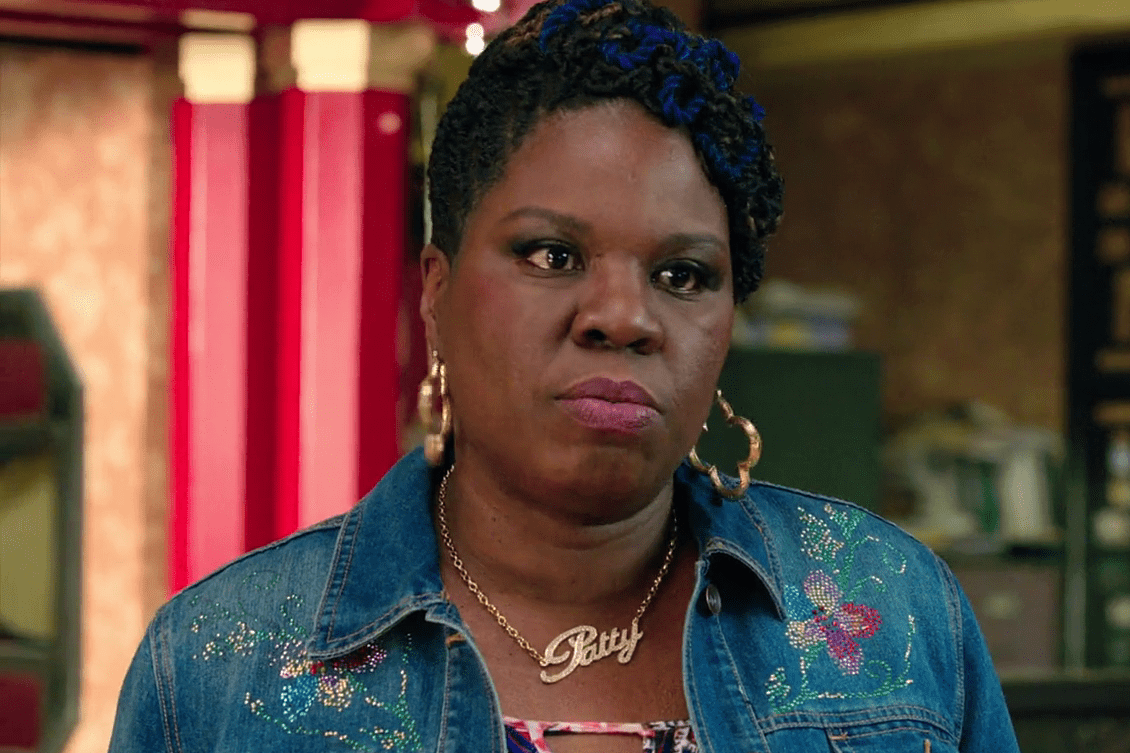
When Leslie Jones joined the Ghostbusters reboot, she stepped into a storm of cultural debate. Critics and trolls used the movie as a battleground over gender and nostalgia, and Jones became an easy target online. Much of the negativity had nothing to do with her actual performance, which was full of warmth and comedic timing. She eventually stepped away from social media to protect herself. Years later, it is clearer than ever that the backlash was more about gatekeeping than her acting. Her role stands as an example of how internet noise can overshadow genuine talent.
24. John Boyega – Finn (Star Wars Sequel Trilogy)
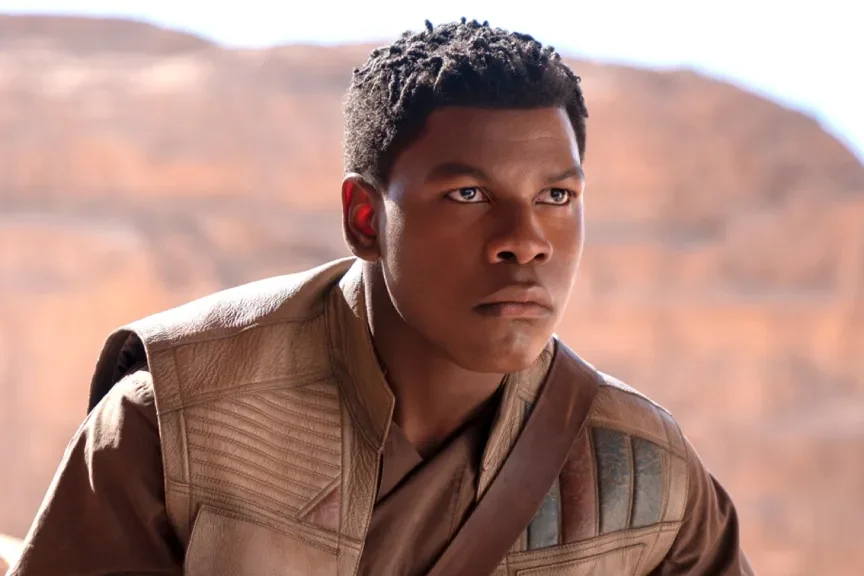
John Boyega’s Finn was a breath of fresh air in Star Wars, a stormtrooper who broke free to become a hero. His humor and vulnerability made him instantly engaging, but some fans responded with prejudice and attempted to minimize his role. Boyega didn’t stay silent, openly discussing representation and missed opportunities in the trilogy. His honesty won him respect from those who listened, and his career continues to grow. The backlash tried to reduce him, but instead, it amplified his voice. Finn’s best moments endure, as does Boyega’s reminder that honesty has power in Hollywood.
25. Bella Ramsey – Ellie (The Last of Us)
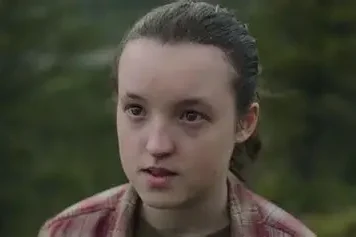
When Bella Ramsey was announced as Ellie in The Last of Us, some fans doubted the choice, declaring her unfit for the role before the show even aired. But week after week, Ramsey silenced the criticism with raw vulnerability, humor, and fierce energy. She turned skepticism into admiration, with many hailing her performance as the highlight of the series. Though a few holdouts remained vocal, Ramsey’s talent outshined the noise. Awards recognition soon followed, cementing her place as one of television’s rising stars. Her story proves that patience and trust often allow performers to surprise everyone.
26. Denise Richards – Dr. Christmas Jones (The World Is Not Enough)
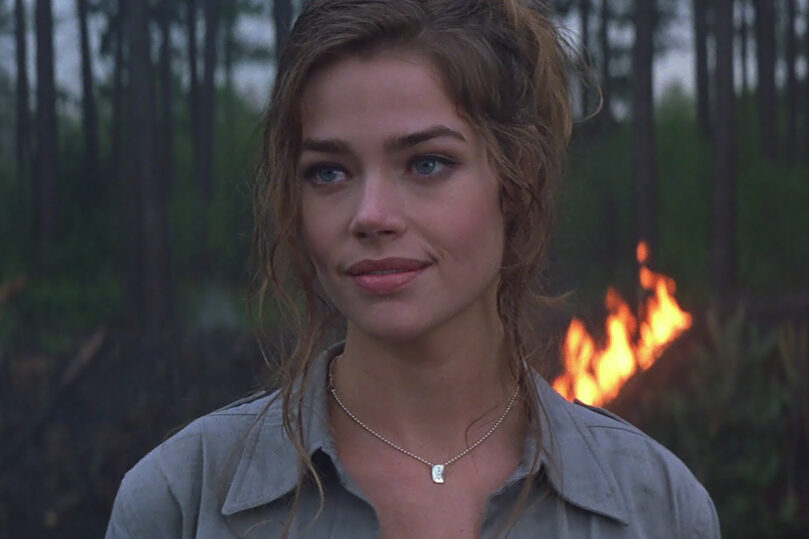
Denise Richards became shorthand for disbelief when she played Dr. Christmas Jones, a nuclear physicist in The World Is Not Enough. Audiences mocked the casting choice, focusing more on the visual than the intent. Richards delivered her role with energy and confidence, but the internet turned her into a meme. Over the years, some have re-evaluated her performance within the campy traditions of Bond films, recognizing that it wasn’t meant to be taken too seriously. Richards continued to act with verve, proving that one polarizing role doesn’t erase the rest of a career filled with personality.
27. Anna Diop – Starfire (Titans)
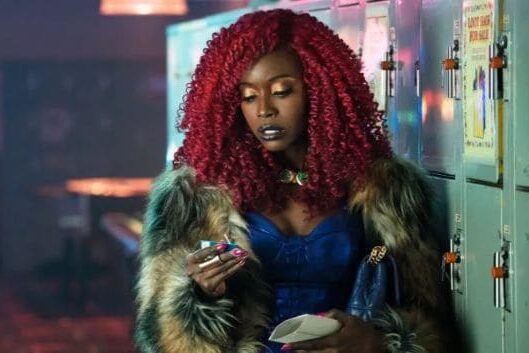
Before Titans premiered, Anna Diop faced an onslaught of racist backlash over her casting as Starfire. Critics fixated on early photos, ignoring the performance itself. On screen, Diop balanced mystery, compassion, and strength, gradually winning fans who gave her work a fair chance. Her portrayal became a vital part of the show’s success, showing how harmful premature judgment can be. Though the early noise was ugly, Diop’s talent shone through and carried the character forward. Her story is another example of how actors often face challenges that have little to do with the roles they are actually playing.
28. Moses Ingram – Reva Sevander (Obi-Wan Kenobi)
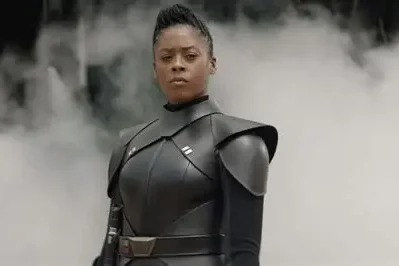
Moses Ingram’s Reva burst onto the screen with danger and intensity, but her introduction was met with racist abuse online. Ingram didn’t stay silent, addressing the harassment directly, while her co-stars and studio backed her with support. As the story unfolded, Reva revealed complexity and pain, adding depth to the Star Wars saga. Many viewers came to appreciate her arc, but the ugliness she endured showed how actors often face struggles beyond performance. Ingram’s resilience highlighted the need for decency in fandom and the importance of letting new characters find their place without prejudice.
29. Justin Prentice – Bryce Walker (13 Reasons Why)

Bryce Walker was one of television’s most detested characters, and Justin Prentice played him so convincingly that the anger sometimes spilled into real life. His portrayal sparked tough conversations about privilege, entitlement, and consent, which was the intent of the role. Still, many fans blurred the lines, treating Prentice like Bryce himself. The actor has spoken about the difficulty of carrying that weight, but his performance succeeded in making the character unforgettable. Sometimes being hated is exactly what the story requires, even if it means the actor shoulders the fallout of embodying such a difficult figure.
30. Laura Linney – Wendy Byrde (Ozark)

Wendy Byrde’s transformation into a calculating strategist was both fascinating and divisive. Laura Linney played her with icy precision, turning her into one of Ozark’s most formidable characters. Yet a segment of the audience turned that discomfort onto Linney, calling Wendy unlikable and cruel. Over time, critics emphasized the brilliance of her craft, separating their feelings for the character from respect for the actor. Linney’s work stands as an example of how powerful storytelling can challenge viewers, making them uneasy while forcing admiration. Wendy may not have been loved, but the acting was impossible to ignore.
31. Julia Stiles – Lumen Pierce (Dexter, Season 5)

Julia Stiles joined Dexter in Season 5 as Lumen, a character shaped by trauma. Some fans missed the sinister villains of past seasons and felt disappointed, taking it out on her performance. Stiles delivered a quiet, careful portrayal that added depth to the series, but many failed to see it in the moment. With time, viewers have revisited her season and found more appreciation for what she brought to the role. Her arc showed that not every performance needs to scream to be effective. Sometimes the most subtle choices end up speaking the loudest.
32. David Morrissey – The Governor (The Walking Dead)

The Governor was a chilling villain in The Walking Dead, and David Morrissey brought him to life with unnerving charm. Fans despised the character’s cruelty so much that Morrissey himself often carried the weight of their disdain. For a while, the eyepatch followed him, and audiences struggled to see past the role. With time and more projects, his range became impossible to ignore. The Governor remains one of television’s most memorable villains, precisely because Morrissey made him so believable. His story highlights how being hated for a role can mean you did the job exactly right.
This story 32 Actors Who Took the Heat for Iconic Roles and What Happened Next was first published on Daily FETCH


